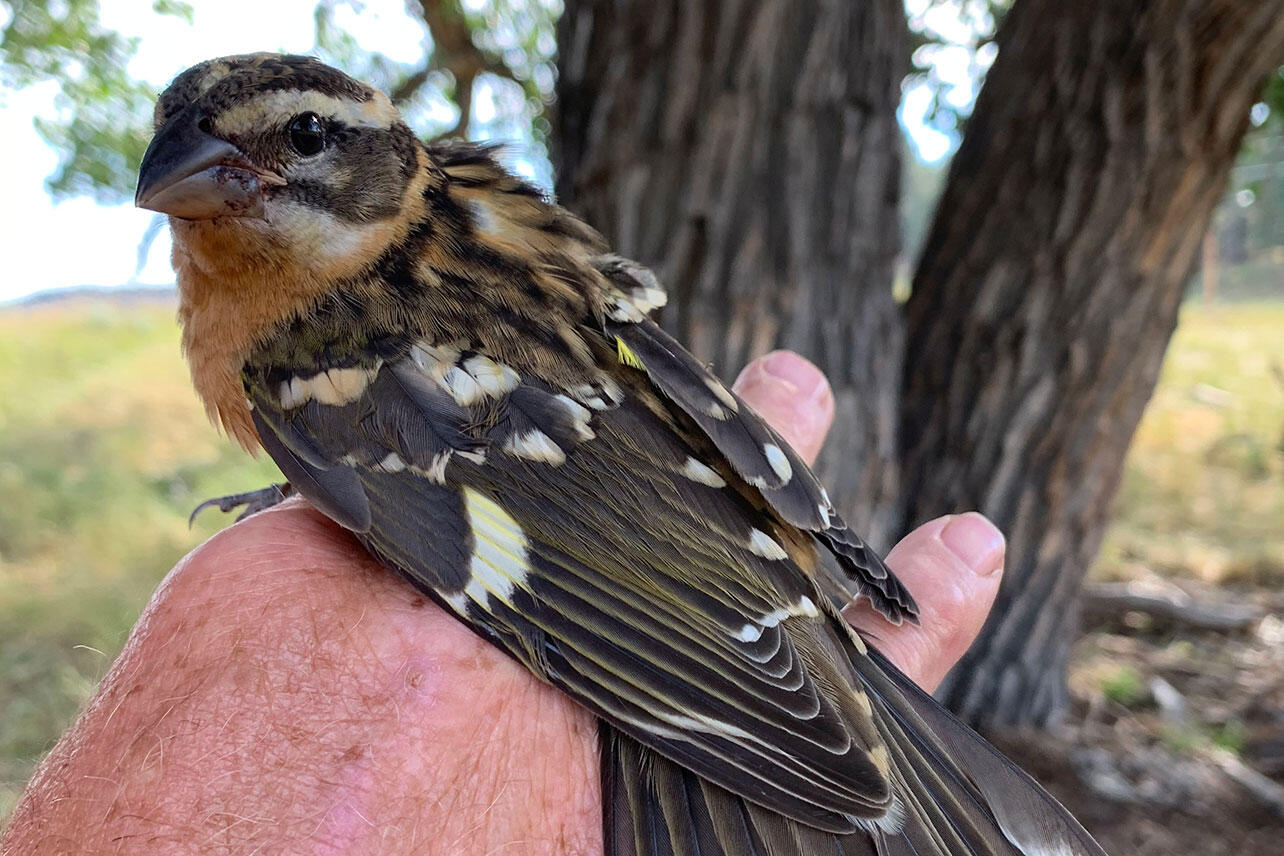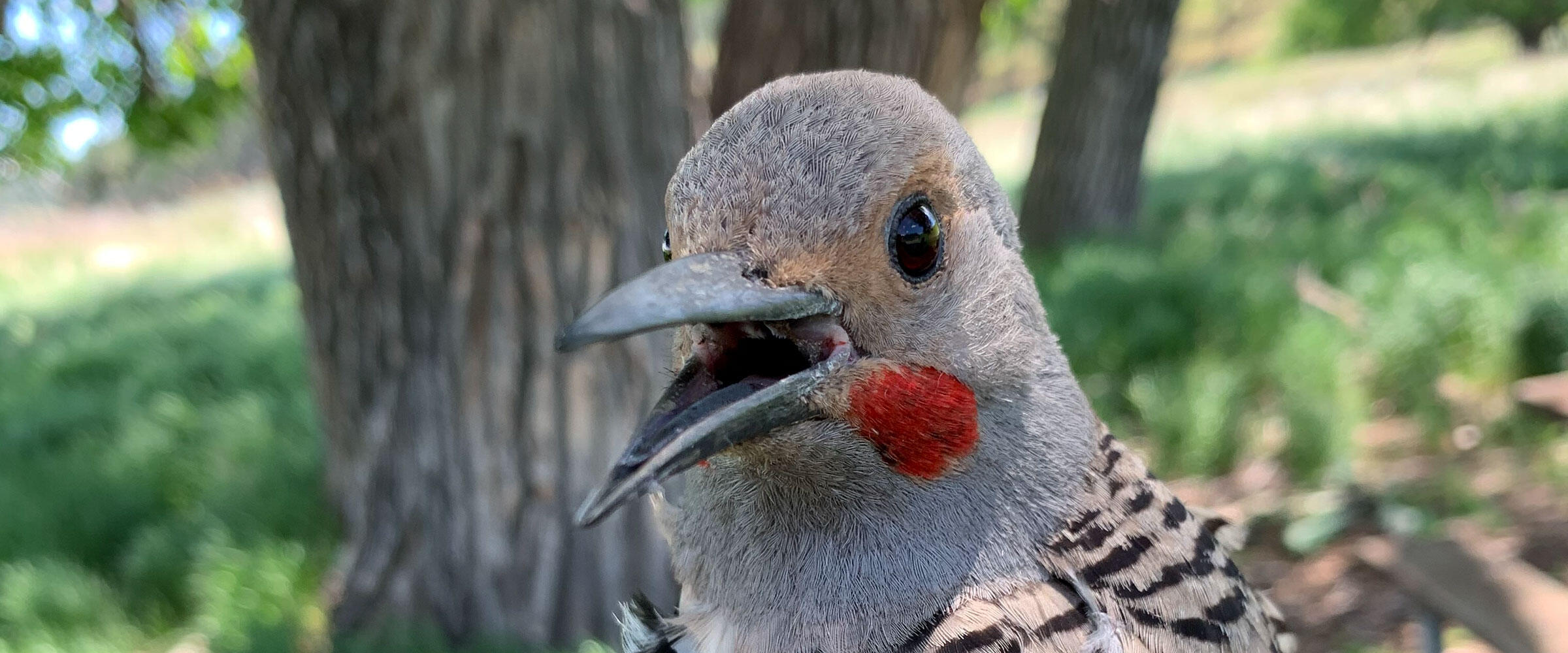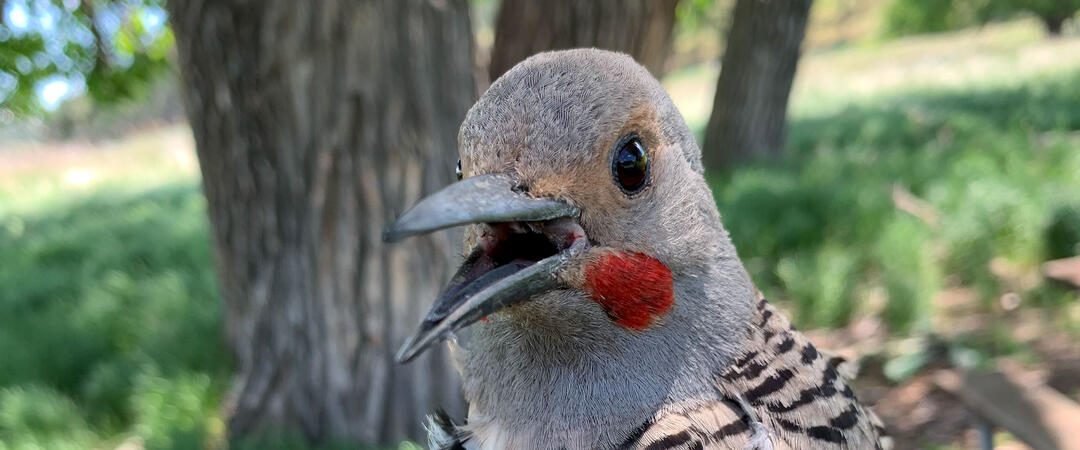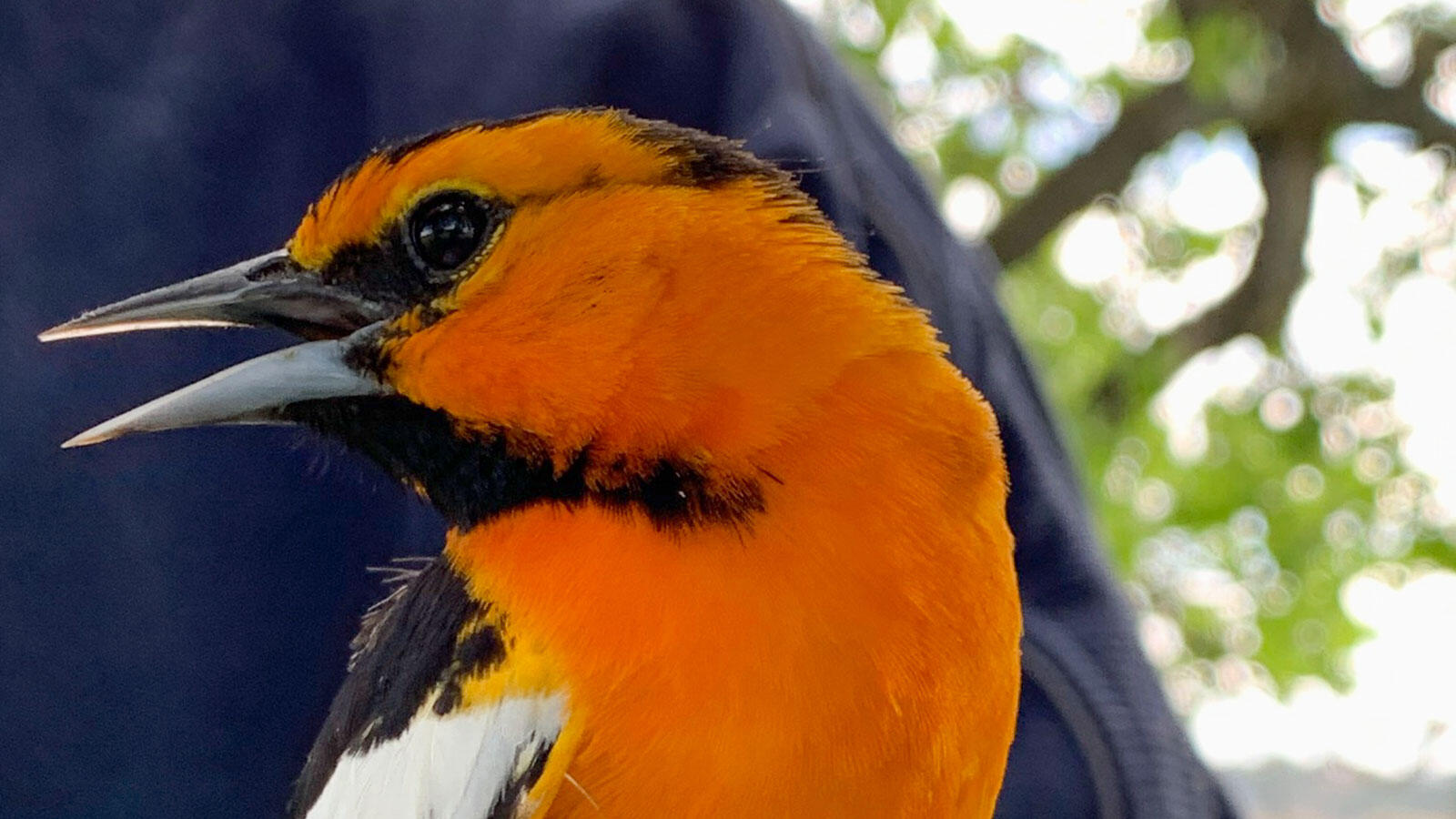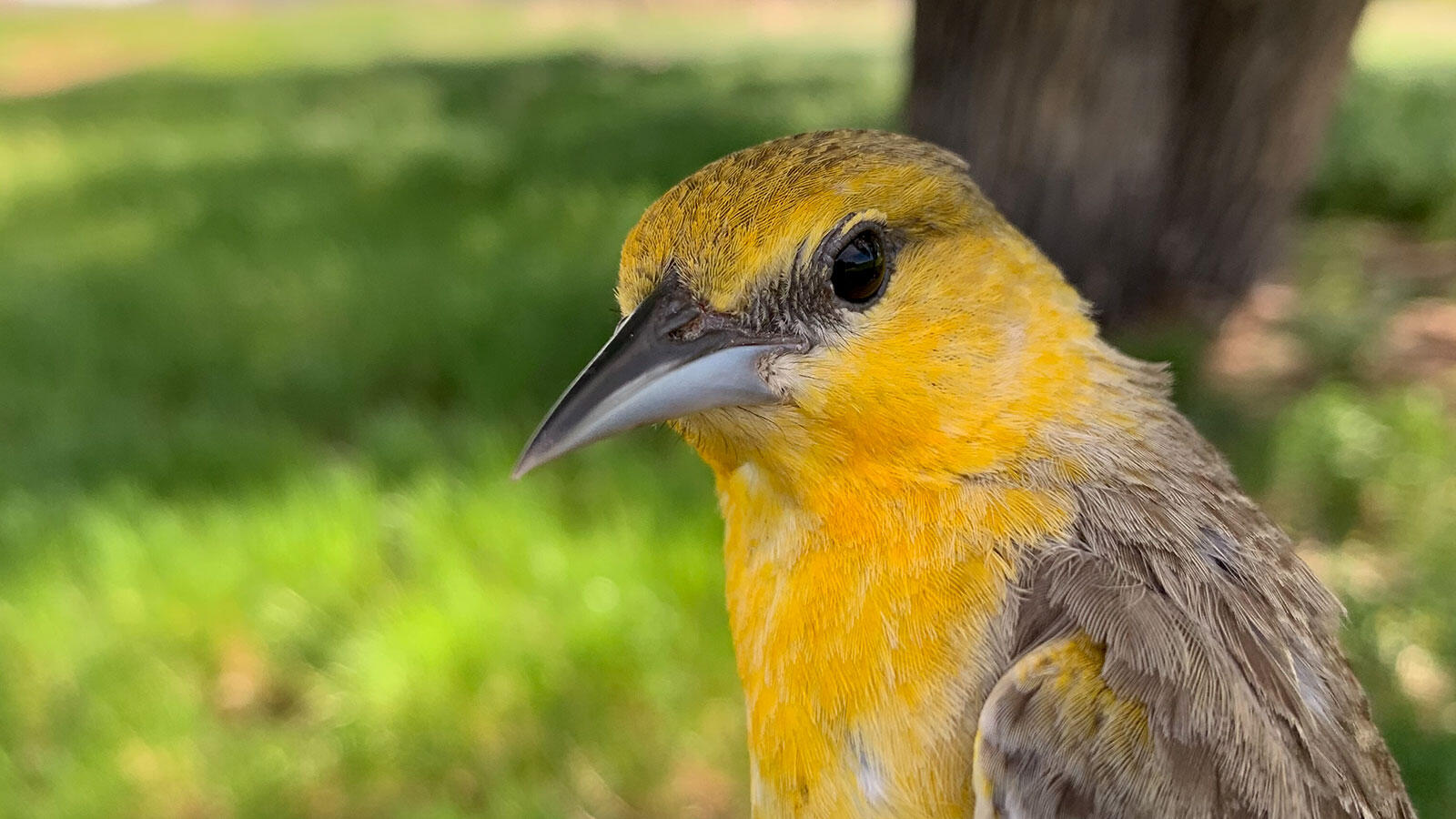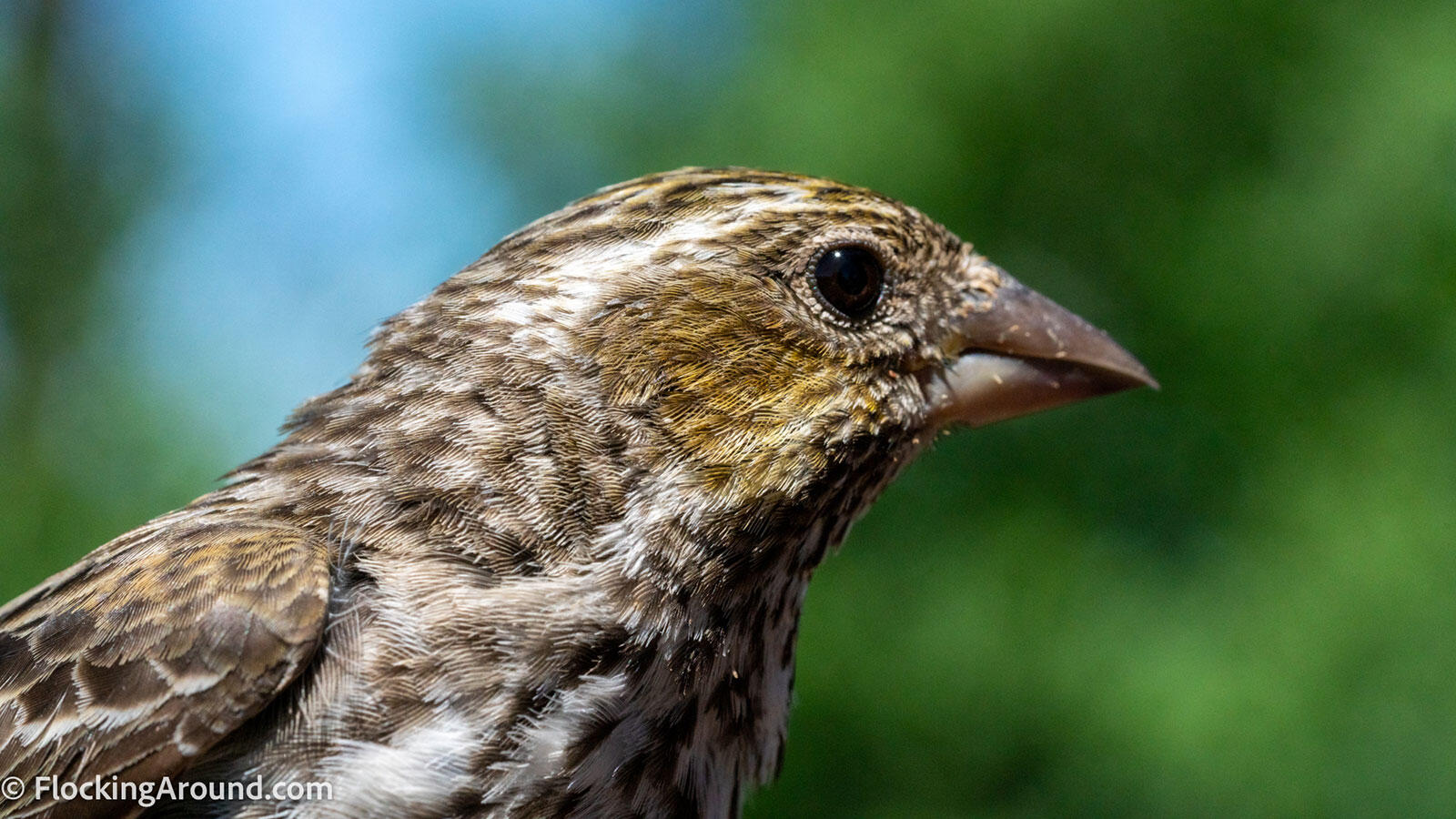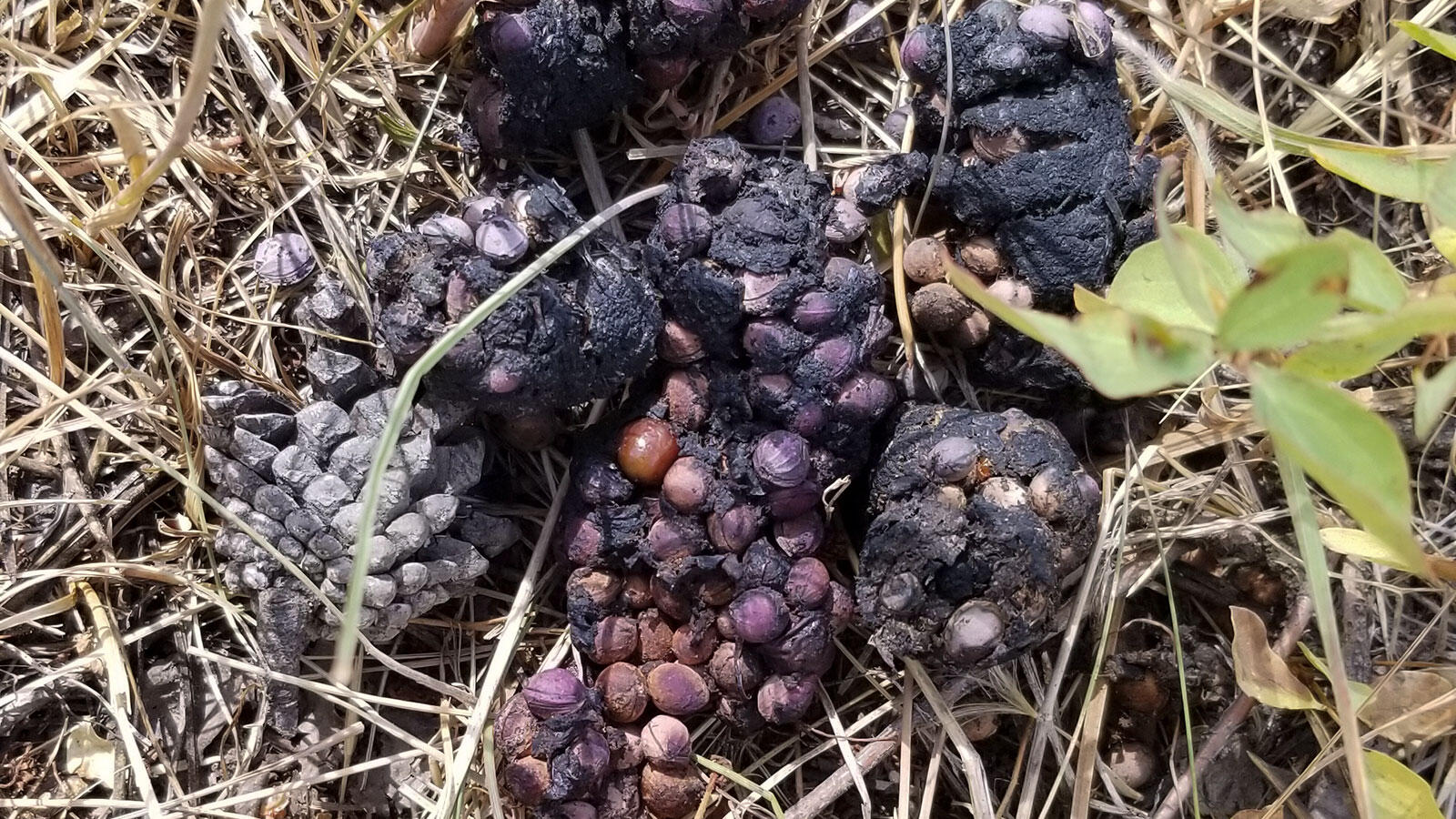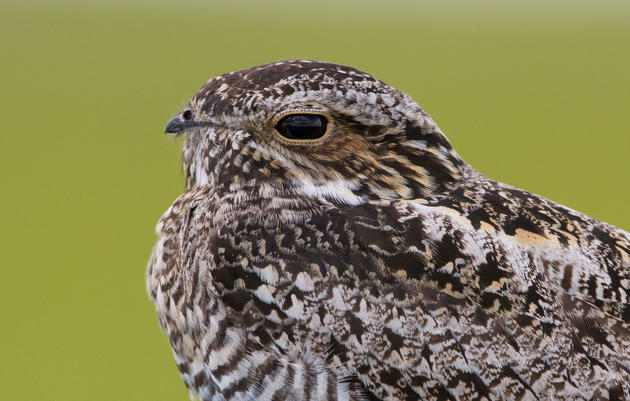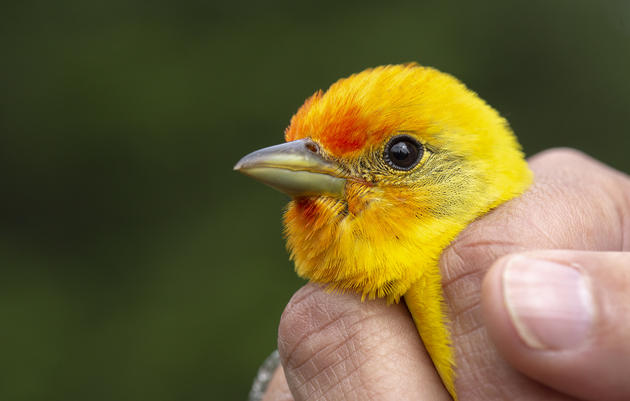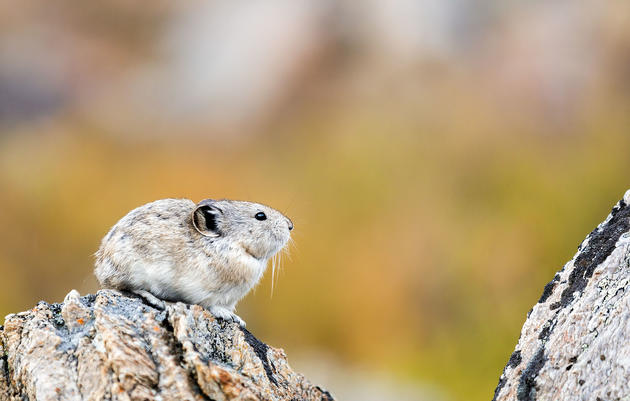The Bart Rea Family Cabin
From Zach
The COVID-19 pandemic changed the way every bird conservation effort across the globe conducted field research this summer. During a time when we needed each other most, it was unsafe for us to gather together and provide comfort. This stark reminder was quite prevalent this summer when I could not gather with a group of people dear to me, my Monitoring Avian Productivity and Survivorship (MAPS) bird banding volunteers.
Bird banding without volunteers is like eating a burger without fries or chips without salsa. It’s fun, but you can tell something vital is missing. That’s the best way I can describe the 2020 banding season in Casper. (I’m also hungry while writing this.) The uncertainty of preserving the health of volunteers led to the difficult decision to close the Edness K Wilkins State Park and Lindzay Ranch stations. Operating only the secluded Bart Cabin station allowed for a more manageable banding environment, as this station usually catches fewer than 150 birds.
The best moment of the season occurred when I was extracting several Cassin’s Finches and MacGillivray’s Warblers from a net. While pulling out the first finch, I heard a ruckus behind me, and I turned to watch a Sharp-shinned Hawk fly right into the net! While we did not band this third-year male as part of our MAPS effort, it was still a fun catch!
While I do not know what 2021 will look like, I hold out hope that I will get to see all of you at the stations, watch the sunrise together, and share our love for birds.
Bart Rea Family Cabin by the Numbers
Number of birds captured: 81
Number of species captured: 18
Top five species captured: MacGillivray's Warbler, Green-tailed Towhee, Gray-headed Junco, Cassin’s Finch, Broad-tailed Hummingbird
Notes: This was a banner year for MacGillivray’s Warblers. We had several 4+-year-old adults return to the area to breed again. We saw a major drop in Dusky Flycatchers, and I am unsure of the potential cause. If it becomes a trend, we may be able to explore why. Local hummingbirds exploded this year! The number of successful nests was very encouraging. We FINALLY caught Steller’s Jays, but the Red Crossbills continue to elude us. Western Tanager and Audubon’s Warbler also had successful nests in the banding station area.
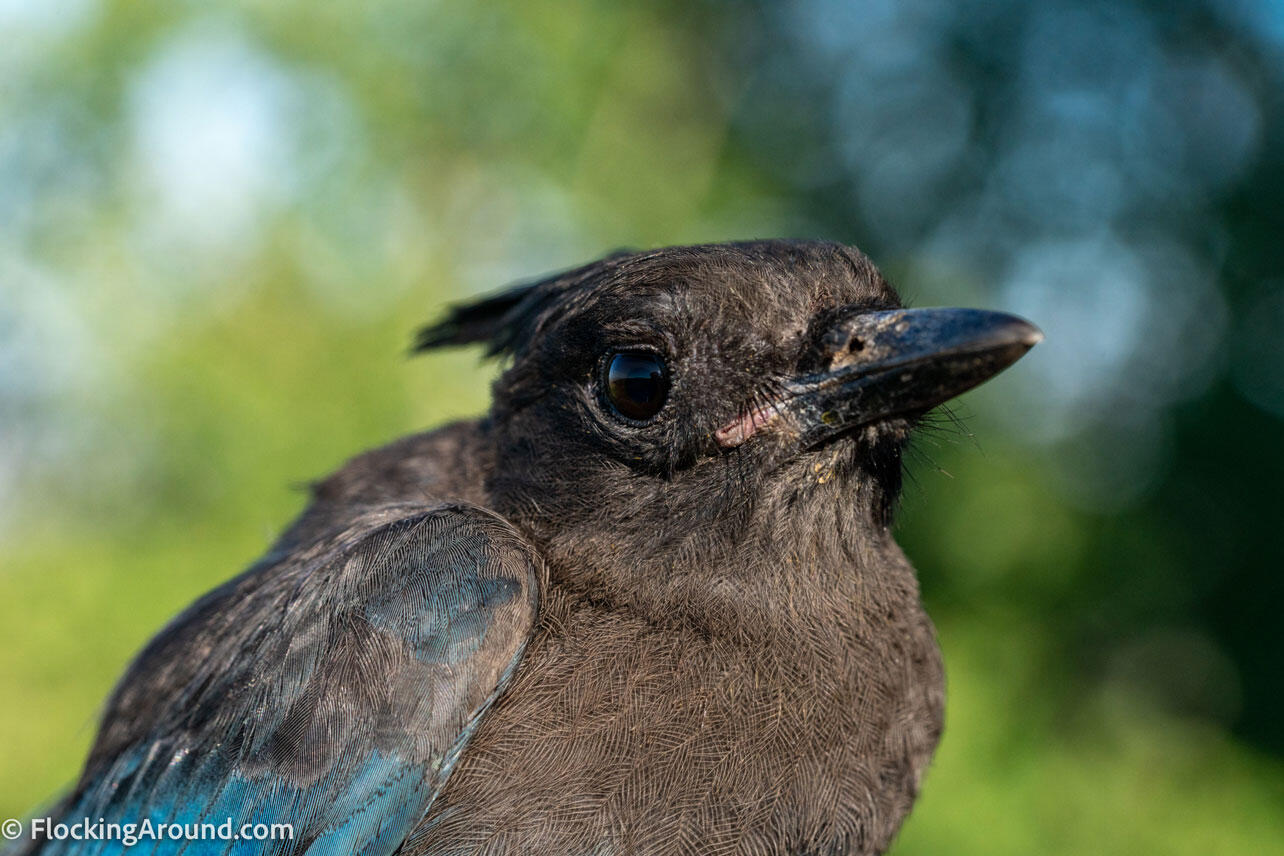
Keyhole State Park
From the Downey Family

Our 2020 banding season was not what we had hoped for but there were definitely some good moments. We really enjoyed having our daughters help out and seeing them work on their skills.
Our best day was July 18th, which was Wyoming BioBlitz 2020. It was a gorgeous day but extremely windy, so we had to take the nets down. Dusty and I ended up birding and BioBlitzing throughout the banding station, observing more than 62 species of plants and animals. In true 2020 fashion, we had to make the best of a less than ideal situation.
We can’t wait for August 2021 so we can celebrate the end of the season BBQ with our Keyhole bird banding friends again! We missed you all greatly, and we are planning to see you in 2021. If you have never volunteered with us, visit our volunteer page to learn about all the opportunities we have for 2020.
Keyhole By the Numbers
Number of birds captured: 110
Number of species captured: 24
Top five species captured: Yellow Warbler, Western Wood-Pewee, American Robin, House Wren, Spotted Towhee
Notes: We typically see lots of Yellow Warblers, but this year was notable for a huge increase in Western Wood-Pewees. The trend in an increasing ratio of Orchard Orioles to Bullock’s Orioles each year is still occurring. We continue to see fewer Bullock’s Orioles. We were also surprised not to see more Common Yellowthroats this summer. Two cool birds this year were a Brown Thrasher and a Black-headed Grosbeak. It has been a while since we have banded either.
